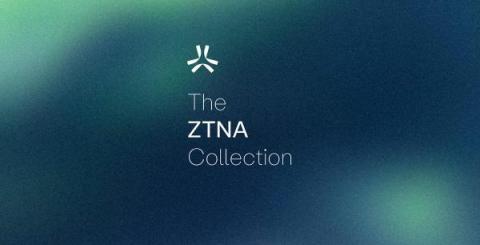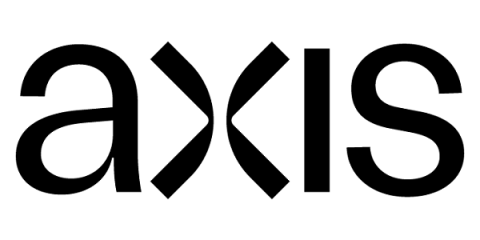The ZTNA Collection
Welcome to the ZTNA Collection, a curated list of the top favorite Zero Trust Network Access assets. Enjoy the array of glossary pages, blogs, videos, and whitepapers all specific to ZTNA thought leadership. What is Zero Trust Network Access (ZTNA)? Zero Trust Network Access (ZTNA) Created in April of 2019 by Gartner, the term Zero Trust Network Access (ZTNA) represents a set of new technologies designed for secure access to private applications.











